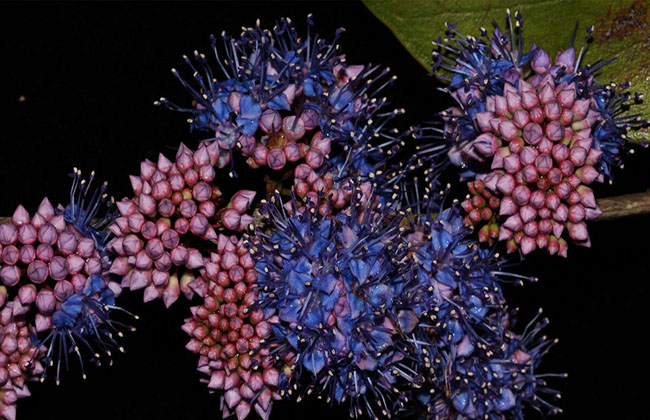
Bangladesh has over the last century lost seven plant species that once occurred in the country, and now risks losing at least another five, according to the first-ever comprehensive assessment of the country’s plant life.
The new national red list identifies the species that have been extirpated as fita champa (Magnolia griffithii), ironweed tree (Memecylon ovatum), jiringa (Archidendron jiringa), kathphal (Myrica nagi), thurma jam (Syzygium thumri), Syzygium venustum and Drypetes venusta. While these are now considered extinct in Bangladesh, they still occur in other countries in the region.
The list also categorizes five species of plants as being critically endangered, meaning that they risk disappearing unless urgent measures are taken to save them. They are bans pata (Podocarpus neriifolius), bulborox orchid (Bulbophyllum roxburghii), chaulmoogra (Hydnocarpus kurzii), khudi khejur or stemless date palm (Phoenix acaulis) and lamba trias orchid (Bulbophyllum oblongum).
In addition, out of 1,000 assessed flora species, 127 are considered endangered, 262 are vulnerable, 69 are near-threatened, 271 are considered of least concern, and for the remaining 258 species there’s insufficient data to assess their conservation status.
Saleh Ahammad Khan, a professor of botany at Jahangirnagar University in Dhaka and one of the assessors of the red list, cited several factors behind the disappearance of the plants from the country’s ecology. These include changing climatic patterns, excessive and random consumption by humans, and inadequate protection measures.
Climate change in particular threatens several species with extinction, while also providing the conditions allowing others to thrive in new environments, he said.
“Pollution and deforestation are the other factors. Nowadays, people clear the forest and make a home there; they cannot even know which plant they are cutting and what the long-term effect of that is. Many protected areas for forests are not in sufficient protection. There are management issues that should be taken more seriously,” Khan said.
Amir Hossain Chowdhury, chief conservator of forests at the Bangladesh Forest Department, said this first-ever red list for plants in the country is a milestone and a vital tool that will assist in the conservation of plant species nationwide.
He said the concerns and suggestions that have emerged from the assessment should be considered for immediate effective conservation measures by the government and relevant stakeholders. “Further studies are needed on the 258 data deficient species to determine their exact red list status,” Chowdhury said.


